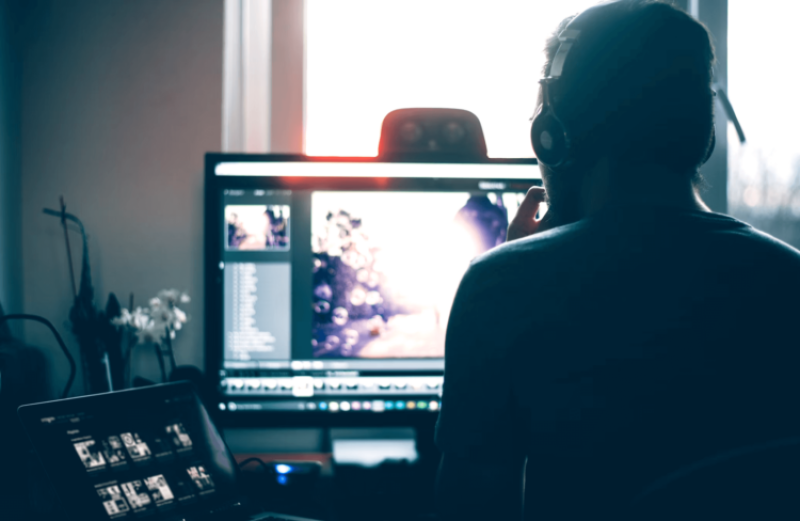On October 20, Francesca Mani was called to the counselor’s office at her New Jersey high school. A 14-year-old sophomore and a competitive fencer, Francesca wasn’t one for getting in trouble. That day, a rumor had been circulating the halls: over the summer, boys in the school had used artificial intelligence to create sexually explicit and even pornographic photos of some of their classmates. She learned that she was one of more than 30 girls who may have been victimized.
Within 24 hours of learning about the photos, Francesca was writing letters to four area lawmakers, sharing her story and asking them to take action. Three of them quickly responded: US Representative Joe Morelle of New York, US Representative Tom Kean Jr. of New Jersey, and New Jersey state senator Jon Bramnick. In the past few weeks, her advocacy has already fueled new legislative momentum to regulate nonconsensual deepfake pornography in the US.
…
AI regulation in the US is tricky business, even though interest in taking action has reached new heights (and some states are moving forward with their own legislative attempts). Proposals to regulate deepfakes often include measures to label and detect AI-generated content and moderate child sexual abuse material on platforms. This raises thorny policy issues and First Amendment concerns.































